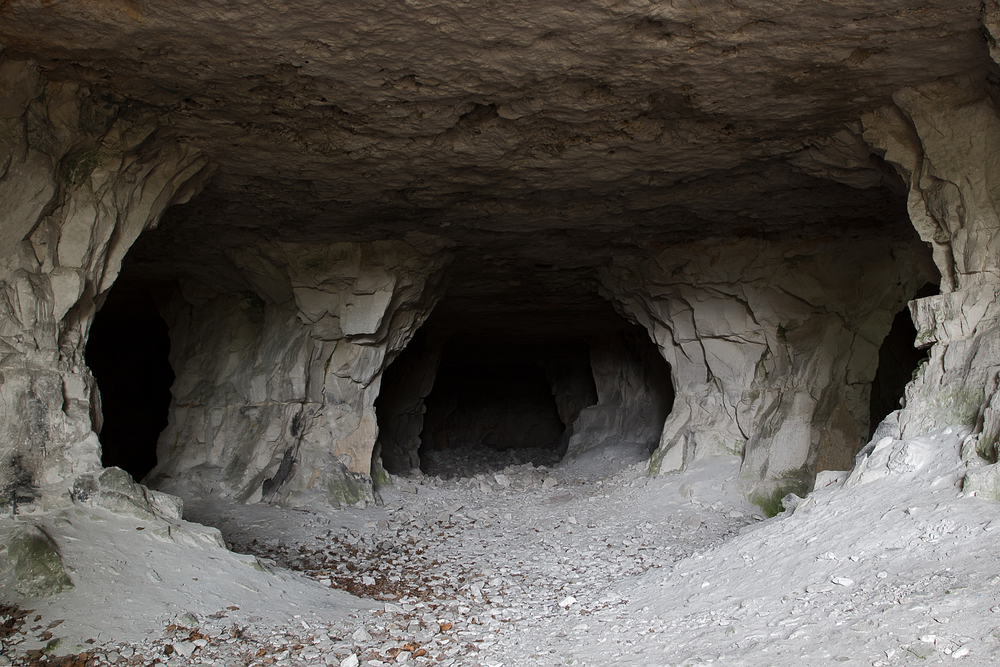
Subterranean warfare—whether involving human-made tunnels, underground urban infrastructure, or natural cave networks—has been an element of U.S. military operations from World War II and Vietnam to Iraq and Afghanistan. As above-ground commercial and military intelligence, surveillance, and reconnaissance (ISR) capabilities continue to grow more capable and ubiquitous, adversaries are increasingly heading underground to circumvent detection. Rapid global urbanization, furthermore, is accelerating the frequency and complexity of dangerous subterranean environments faced not just by warfighters, but also by emergency responders performing search-and-rescue missions underground: in collapsed mines, for instance, or municipal or urban settings wrecked by natural disaster.
As underground settings become increasingly relevant to global security and safety, innovative and enhanced technologies have the potential to disruptively and positively impact subterranean military and civilian operations. To explore these possibilities, DARPA has issued a Request for Information (RFI) to augment its understanding of state-of-the-art technologies that could enable future systems to rapidly map and navigate unknown complex subterranean environments to locate objects of interest, e.g., trapped survivors, without putting humans in harm’s way.
“In many ways, subterranean environments have remained an untapped domain in terms of developing breakthrough technologies for national security,” said Timothy Chung, program manager in DARPA’s Tactical Technology Office (TTO). “We’re looking for audacious ideas on how to overcome the multi-faceted challenges these locations present—poor visibility and communications, difficult access, and unpredictable terrain among them—and provide previously unimaginable capabilities for warfighters and emergency responders.”
Of high interest to DARPA are disruptive concepts, approaches, architectures, and technologies that overwhelmingly outperform current approaches for manually and laboriously mapping and searching subterranean environments in terms of map resolution, navigation speed, search fidelity, systems cost, etc. Additionally, responses detailing existing models (e.g., appropriate for high-fidelity simulation) of underground terrains, relevant sensors, and/or platforms are also of interest.
DARPA is interested in both integrated solutions as well as novel component technologies capable of in-situ mapping and navigating rugged and dynamic terrains; sensors and computation for perception in austere conditions, such as low-light or obscured settings; distributed information sharing in degraded communications environments, particularly in unknown structural or geological surroundings; and advanced autonomous capabilities and platform design innovations enabling extended operations with minimal human intervention.
Responses should highlight unique and revolutionary capabilities as they pertain to subterranean environments, such as in technology focus areas of autonomy, perception, networking, and mobility. All capable sources—including, but not limited to, private or public companies, individuals, universities, university-affiliated research centers, not-for-profit research institutions, foreign entities, and U.S. Government-sponsored laboratories—are invited to submit.




